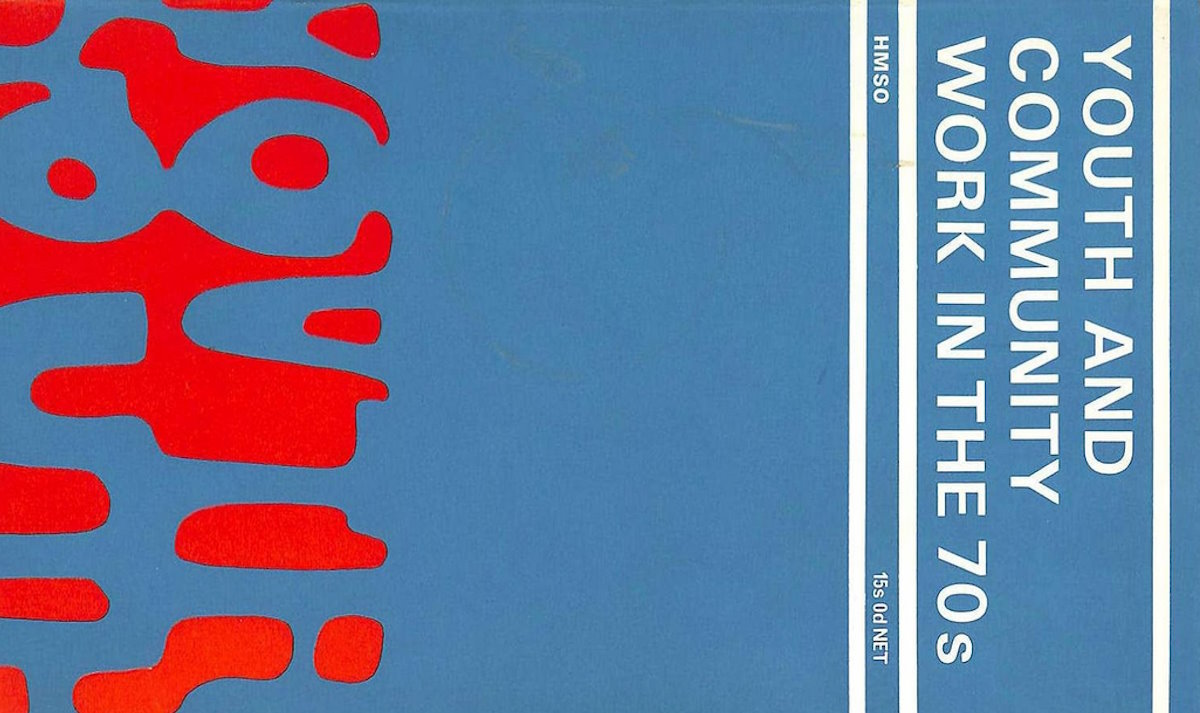This brief chapter (x) from the Fairbairn-Milson Report (Youth and Community Work in the 70s) (1969) sets out some questions about the work and recommends an investigation into the needs of this group.
return to main contents page for Youth and Community Work in the 70s
177. The problem of the under-14s is a special one and the following are some of the main points for discussion about youth work with them:
(a) Does the lack of knowledge about leisure needs of the under-14s and the numbers of young children involved in established youth groups hamper discussion about the extension of the age-range of the Youth Service?
(b) Why have the under-14s been excluded from the ‘official’ age-range of the Youth Service? Are these reasons still valid?
(c) Are the under-14s most appropriately catered for by school-based youth clubs and voluntary organisations? What are the arguments for flexibility and provision for both the under- and over-14s?
(d) Who should staff youth groups etc., for the under-14s? Do voluntary workers have a special contribution to make to this age group?
(e) Does the question of the extension of the age-range of the Youth Service have to be considered only within the context of present resources? Could resources be diverted from the older to the younger age group? Is it useful to propose policies which cannot immediately be put into effect? What advantages could ensue from an official extension of the age-range?
(f) What are the practical implications, other than financial, of the extension of the age-range of the Youth Service?
(g) How far should developments in the Youth Service run parallel to developments towards unification and more universal provision in the other social services?
178. These questions are substantial ones covering much ground outside our advisory field. We feel that the Department of Education and Science should mount an investigation of the needs and leisure provision for this age group. We realise however that the limited amount of financial resources must lead to priorities being drawn up as far as deployment of these resources are concerned. In a priority situation, particularly for capital projects, it is our view that the needs of young people over 13 must be catered for first. Nonetheless we express the strongest hope that an investigation into the needs of the under 14s will be set in train urgently and that special consideration in the distribution of financial resources be given to experiments for the under-14s [page 68] in Educational Priority Areas—e.g. in teenage help in Adventure Playground work and the like, with ‘Workshops’, and as a part of the work of voluntary organisations like the Young Volunteer Force Foundation, IVS, CSV, Task Force and several locally-based schemes.
How to cite this piece: Department of Education and Science (1969) Youth and Community Work in the 70s. Proposals by the Youth Service Development Council (The ‘Fairbairn-Milson Report’), London: HMSO. Extracts in the informal education archives, https://infed.org/dir/youth-and-community-work-in-the-70s-the-youth-service-and-the-under-fourteens/
Return to main contents page for Youth and Community Work in the 70s
This piece has been reproduced here by the informal education homepage under licence from from the Controller of HMSO and the Queen’s Printer for Scotland. The informal education homepage holds a licence to reproduce public service information and another to reproduce Parliamentary material.
First placed in the archives: April 2003. Updated June 2019.
